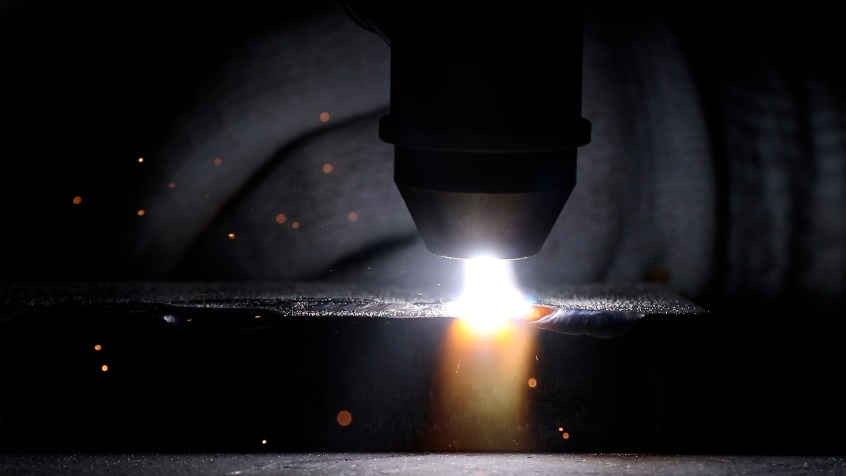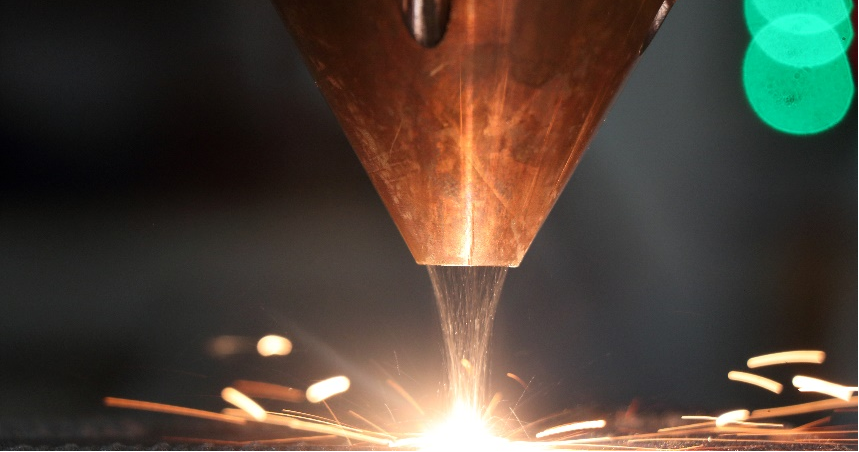As the manufacturing industry's requirements for welding quality, efficiency and precision continue to rise, more and more companies are focusing on advanced welding technologies such as Plasma Transfer Arc Welding (PTAW) and Laser Welding. These two technologies occupy a pivotal position in aerospace, energy equipment, automotive, mold repair and other fields. So, how do they differ? And how do you choose the welding process that best suits your production needs? This article will provide you with an in-depth analysis of the principles, advantages, application scenarios and other dimensions.
Working principle of PTA welding technology and laser welding technology

Plasma Transfer Arc Welding (PTAW) is a welding or cladding process in which a metal powder is melted by a high-temperature plasma arc and formed into a metallurgical bond with a base material. Its key advantage is the ability to achieve a dense, wear- and corrosion-resistant surface reinforcement layer, making it one of the preferred processes for equipment repair and life extension in heavy industry.

Laser welding is a technology that utilizes a high energy density laser beam to irradiate the surface of a material to achieve rapid melting and weld formation. Due to the excellent focusing ability of the laser beam, it achieves a very small heat-affected zone and high welding accuracy, making it suitable for precision manufacturing, electronic packaging, medical devices, and other scenarios where the aesthetics and consistency of the weld seam are of the utmost importance.
Comparison of the advantages of PTA and laser processes: do you really need precision or durability?
Cladding Capability and Layer Control
If you need a thick, robust, corrosion-resistant topcoat, such as a protective layer for valves, molds or oil drills, PTAW is the superior solution. It allows for a controlled layer thickness of 0.5 mm to 5 mm, with a tight and strong fusion between the weld layer and the base material.
In contrast, laser welding is better at realizing ultra-thin layers, zero-gap connections and distortion-free welds, and is suitable for dimensionally demanding parts, such as miniature stainless steel tubes, cell phone housings, precision gears, and so on.
Heat Impact Control and Workpiece Deformation
Although PTAW concentrates heat, the heat input is still greater than laser welding, which can easily lead to local deformation. Therefore, it is more suitable for workpieces with high structural rigidity or for workpieces that allow post-processing.
Laser welding, with its extremely low heat input and high welding speed, realizes almost “heat-affect-free” welding, and is a representative technology for “non-destructive aesthetic” processing.
Diversity of applicable materials
PTAW is mainly applied to the surface strengthening treatment of iron-based, cobalt-based, nickel-based alloys and other metals, and is suitable for the needs of localized overlay welding, remanufacturing and repair of large steel components.
The material adaptability of laser welding is wider, and it can weld carbon steel, stainless steel, aluminum alloy, titanium alloy, and even highly reflective metals such as copper and gold under specific wavelengths effortlessly.
Comparison of PTA and laser cladding application areas: big block vs. fine work
PTAW Typical Application:
– Valve sealing surface cladding (wear and corrosion resistance)
– Mold edge peening (extended service life)
– Coal mining equipment, conveying spiral, drill pipe repair
– Petroleum, chemical high-pressure equipment wall cladding
Typical laser welding applications:
– Cell phone case welding (high precision, no thermal deformation)
– Medical device micro-welding (titanium alloy welding)
– Aerospace thin plate structure welding
– Battery shell encapsulation, photovoltaic welding, efficient assembly of automotive parts.
Cost, efficiency and automation: who is more economical and efficient?
In terms of economy, PTAW equipment investment is relatively moderate, but the use of the process needs to be supported by powder feeding system, water cooling system, complex control system, long-term maintenance costs are high. Its main advantage is reflected in the long-term durability and workpiece life extension, suitable for the remanufacturing of high-value workpieces.
The initial investment in laser welding is high, especially the high-power fiber laser system, but the speed, accuracy and consistency in batch production can effectively amortize the cost of equipment, especially for automated assembly line systems, such as new energy vehicle manufacturing, consumer electronics packaging.
Conclusion: How to choose the welding process that's right for you?
The choice between PTAW and laser welding should not be based on “advanced or not”, but rather on your application scenario, product form, performance requirements and budget:
If you're dealing with large industrial parts that are highly corrosive, abrasive, and used in high-temperature environments, and need a strong surface enhancement layer, PTAW is definitely more reliable.
If your product requires high welding speed, high precision, aesthetics and micro-deformation, such as electronic components, medical precision parts, thin-walled structures, laser welding is the king.
Post time: Jun-10-2025